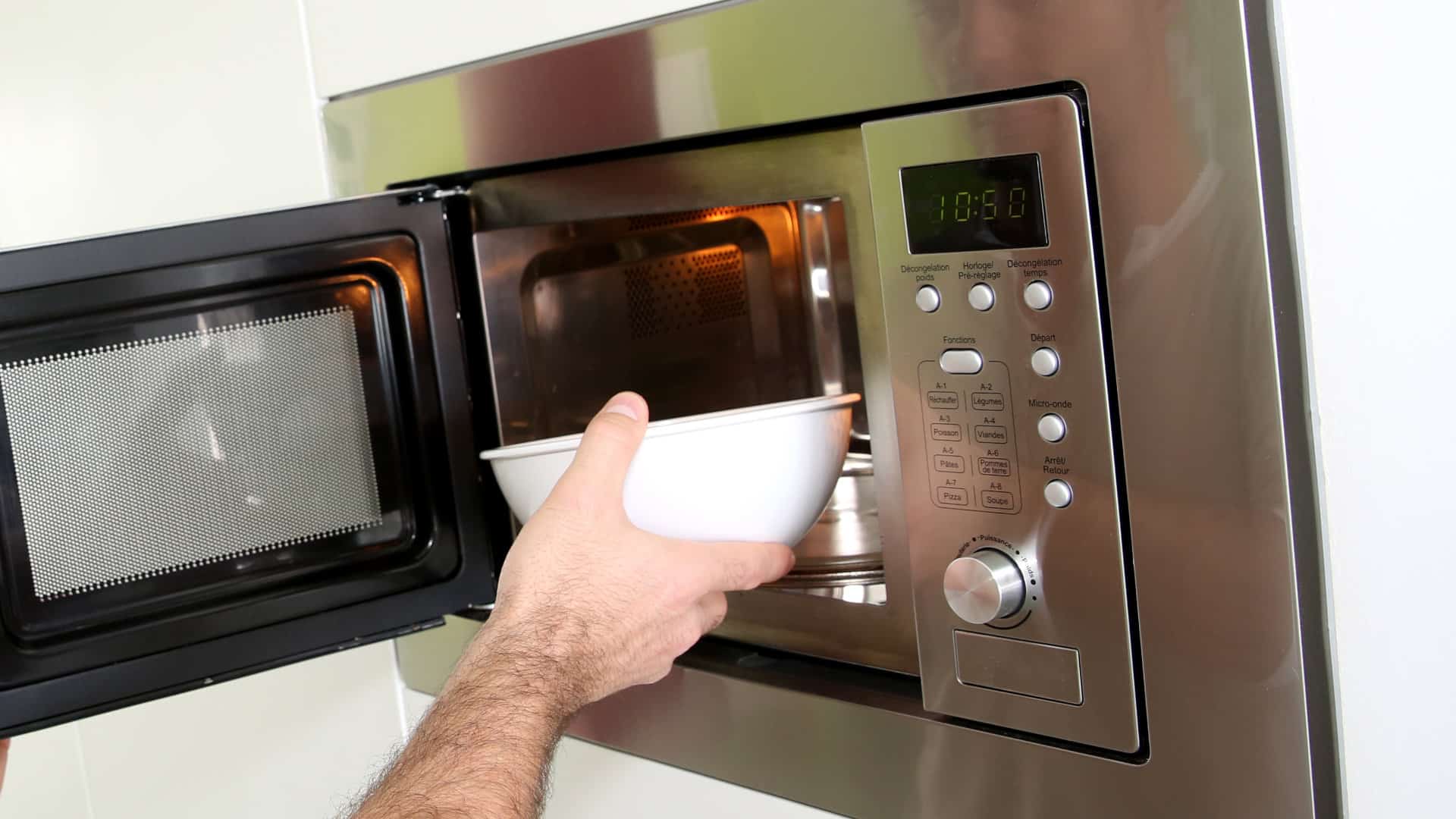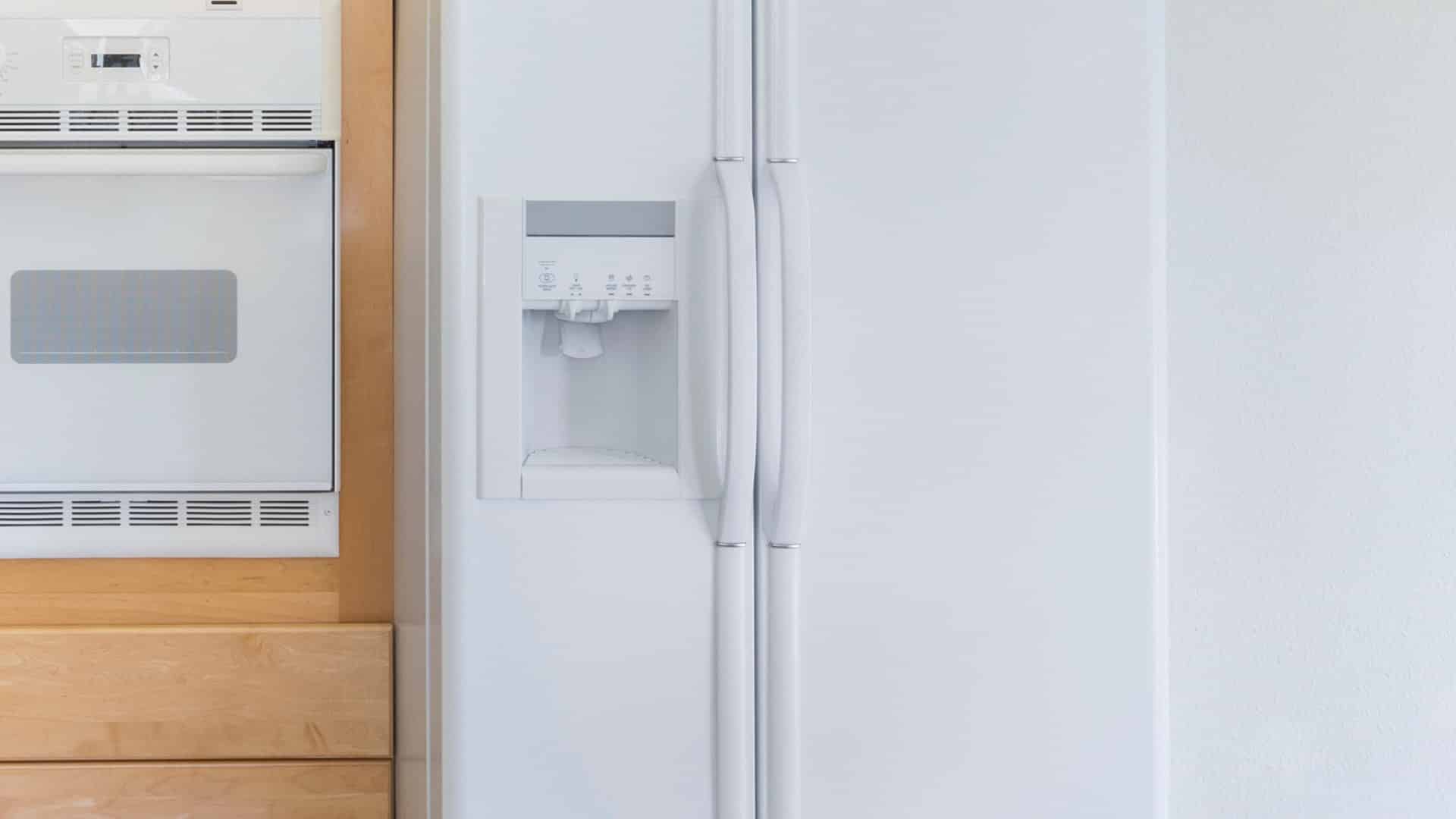
Keeping your fridge’s coils clean is an important part of regular appliance maintenance, yet it’s something that often gets forgotten about until you detect noticeable signs of a problem.
In today’s blog post, we share the steps you should take to keep those coils clean and functioning optimally. With a few simple steps and tools, you can have them back in tip-top condition in no time! So let’s get started. Read on to learn how to easily tackle this task yourself.
What Are Refrigerator Coils and Why Should You Clean Them Regularly?
Refrigerator coils are an essential component of your fridge’s cooling system. These coils are typically located at the back of the unit, or sometimes underneath it, and are responsible for dissipating heat from the fridge’s interior.
Over time, however, these coils can accumulate dust, dirt, and other debris that hinder heat transfer and force the fridge to work harder to keep food cold. This can not only reduce the efficiency of your refrigerator but also shorten its lifespan and increase your electricity costs.
Therefore, it’s important to clean your refrigerator coils regularly to prevent these issues and keep your appliance running smoothly. By doing so, you can save money, protect your refrigerator, and keep enjoying fresh food and drinks from that fridge for years to come!
How to Locate Refrigerator Coils
If you’re noticing that your refrigerator isn’t keeping items as cool as it should be, it might be time to check your coils. These coils are what transfer heat out of your fridge so that it stays cold inside. To locate them, first, unplug your refrigerator and find the condenser grille. This is usually located at the bottom front of your fridge. Using a screwdriver, remove the small screws that hold the grille in place, and then gently pull it away from the fridge. The condenser coils should be beneath.
Alternatively, if your refrigerator doesn’t have a condenser grille at the front, the condenser coils are probably at the back. To access them, unplug your refrigerator, and pull it away from the wall. Once that has been done, you should be able to see the coils. If they appear dusty or dirty, it’s time to clean them!
Steps to Cleaning Refrigerator Coils
Keep the refrigerator unplugged to ensure safety. Then, locate the coils; they’re typically located on the back or the bottom of the refrigerator. Use a coil brush or vacuum with a brush attachment to gently remove the debris. Repeat as necessary until the coils are clean. Voila! Your refrigerator is now ready to keep your food fresh and cool while using less energy in the process.
1. Make sure the refrigerator is unplugged before you pull it away from the wall.
Locate the power cord and pull it out of the outlet. Then, place your hands on either side of the fridge and gently pull it away from the wall.
It’s a good idea to have a friend help you with this as refrigerators can be heavy and cumbersome. Once you’ve moved the fridge away from the wall, you’ll be able to see the condenser coils on the back of the fridge.
2. Vacuum around the coils
Use your vacuum’s crevice tool to carefully clean around the coils and remove any dust or debris that has accumulated. It’s also a good idea to clean the floor beneath the refrigerator once you’re finished. By simply taking a few minutes to clean around the coils, you can help ensure that your fridge runs smoothly and efficiently for years to come. So grab your vacuum and show your fridge some love!
3. Use a coil cleaning brush to reach between the coils and remove debris
Reaching in between those coils can be a challenge! That’s where a coil cleaning brush comes in. To use it, unplug your refrigerator and locate the condenser coils (usually at the back, accessible from behind or beneath the unit). Gently slide the brush in between the coils to remove any debris or dust buildup. Be careful not to damage, bend, or break the delicate fins.
How Often Should You Clean Your Refrigerator Coils
Keeping your refrigerator coils clean is an important aspect of maintaining the appliance’s overall function and lifespan. But how often should you be cleaning them?
We recommend that you clean your refrigerator coils at least twice a year or more often if you have shedding pets or if your home is particularly dusty. Neglecting to clean your coils can cause your refrigerator to work harder than necessary, increasing your energy bill and shortening its lifespan. So, don’t forget to add “cleaning refrigerator coils” to your household to-do list and keep your appliance running smoothly for years to come.
Tips for Keeping Your Refrigerator Running in Optimal Condition
Your refrigerator is among the most essential appliances in your home. It keeps your food fresh and tasty, but it requires some care to keep running efficiently. Here are some simple tips for keeping your refrigerator in optimal condition.
First, make sure to clean the coils at the back of the fridge every six months to ensure that they’re free of dirt and debris. Second, avoid overfilling your fridge as this can impact its ability to circulate air properly. Lastly, check the temperature of your fridge regularly and adjust it accordingly to ensure your food stays fresh for as long as possible. By following these simple tips, you can lengthen the life of your refrigerator and keep it running in optimal condition.
In conclusion, cleaning the refrigerator coils should be an integral part of your regular home maintenance routine. Keeping your refrigerator coils clean is essential for your appliance to run at optimal efficiency as well as to prevent issues like overheating and circuit breakers to pop.
Cleaning your refrigerator coils requires unplugging the fridge, moving it from the wall, and locating the coils. (You may have to remove the condenser grille first.) This is followed by vacuuming around the coils and using a small coil cleaning brush or vacuum attachment to remove debris.
A good rule is to clean out your refrigerator coils at least every six months, depending on how dirty they get; it may be prudent to do this more frequently if you have pets or if you notice any changes in your fridge’s performance or temperature. With these helpful tips, you can keep a healthy refrigerator and avoid costly repairs down the road!
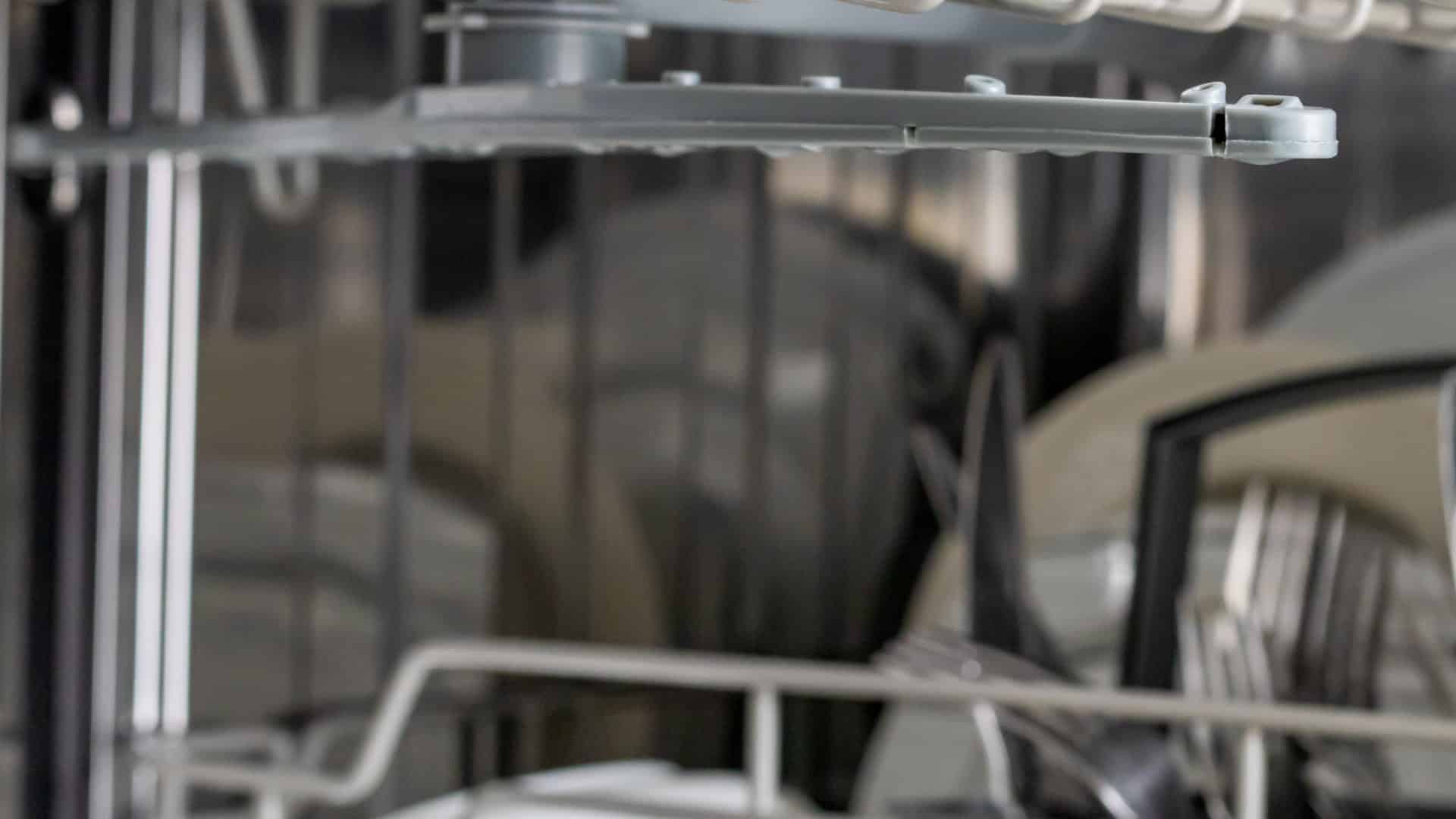
GE Dishwasher With No Power or Lights? Try This Fix
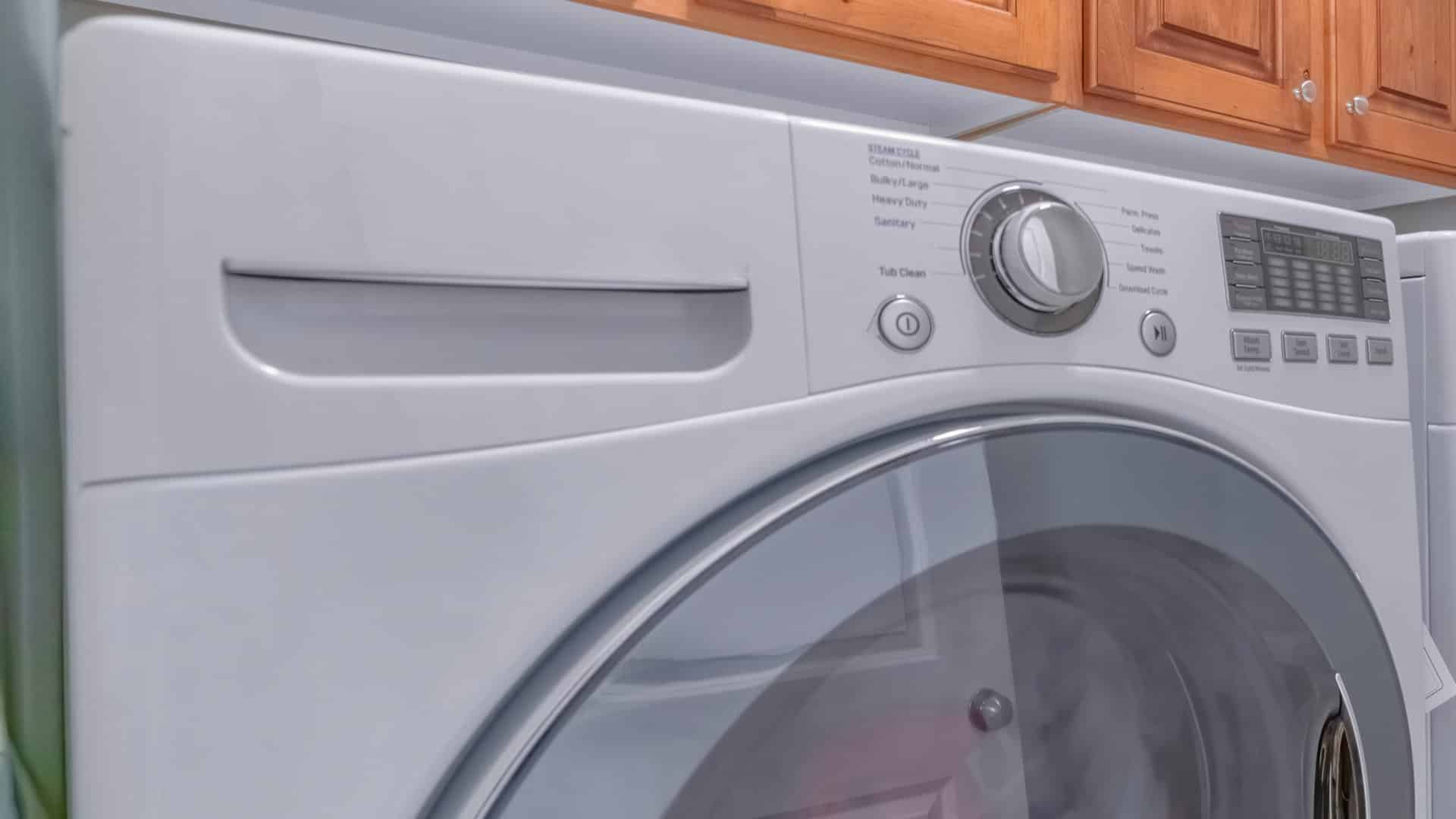
Understanding SC Code on Samsung Washer
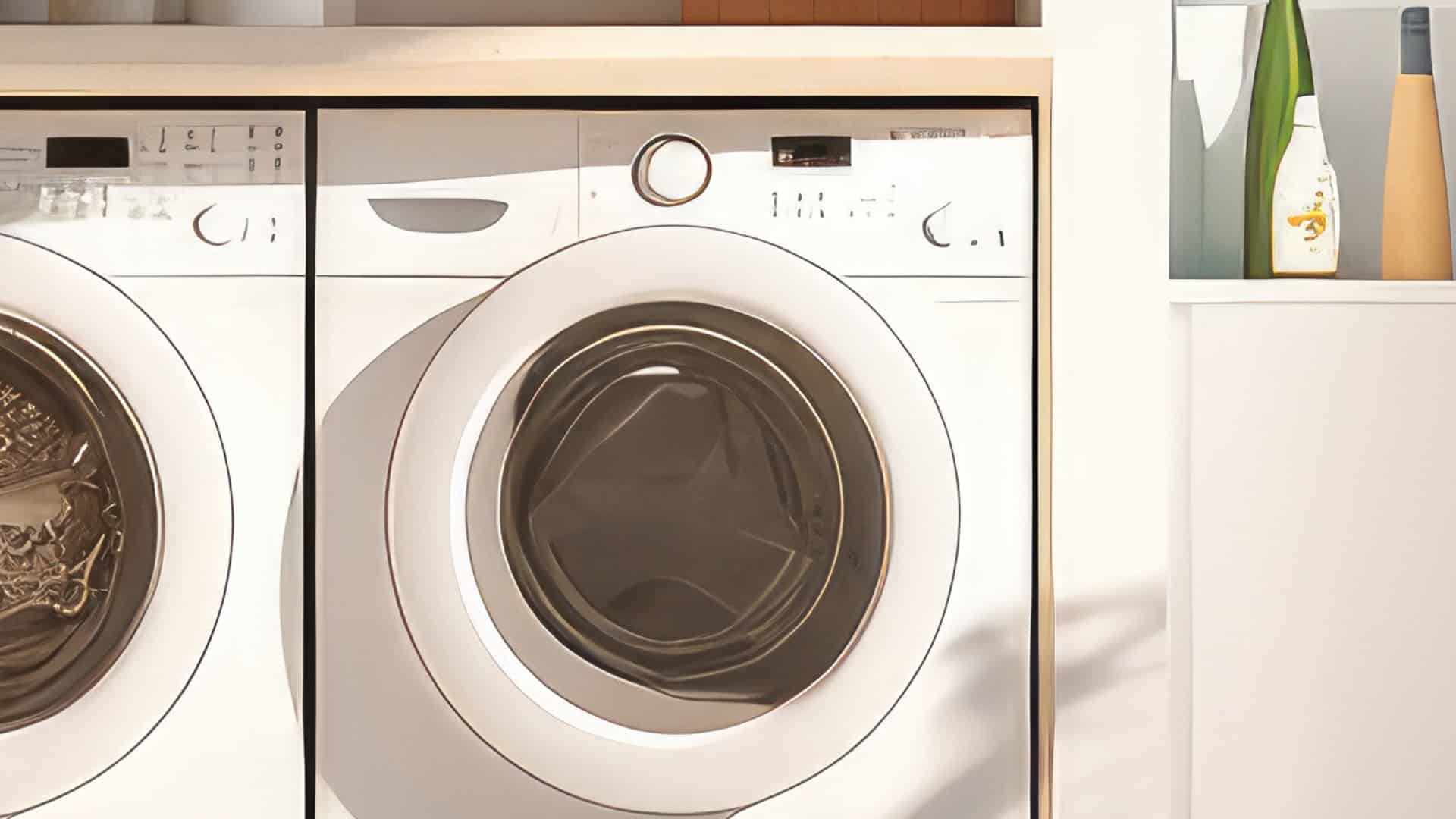
Resolving LG Dryer D80 Error Code
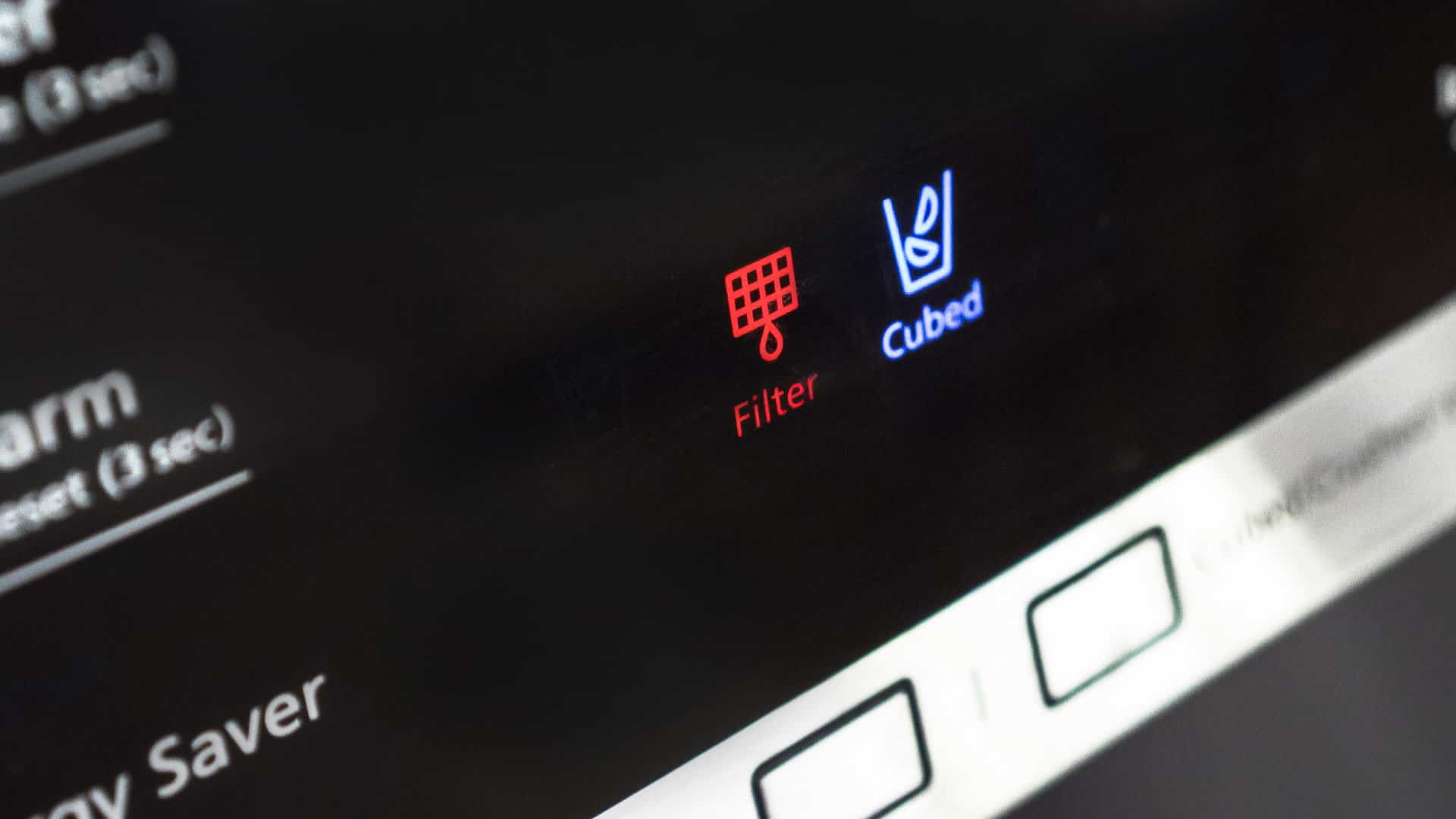
Understanding GE Refrigerator Error Codes: A Guide
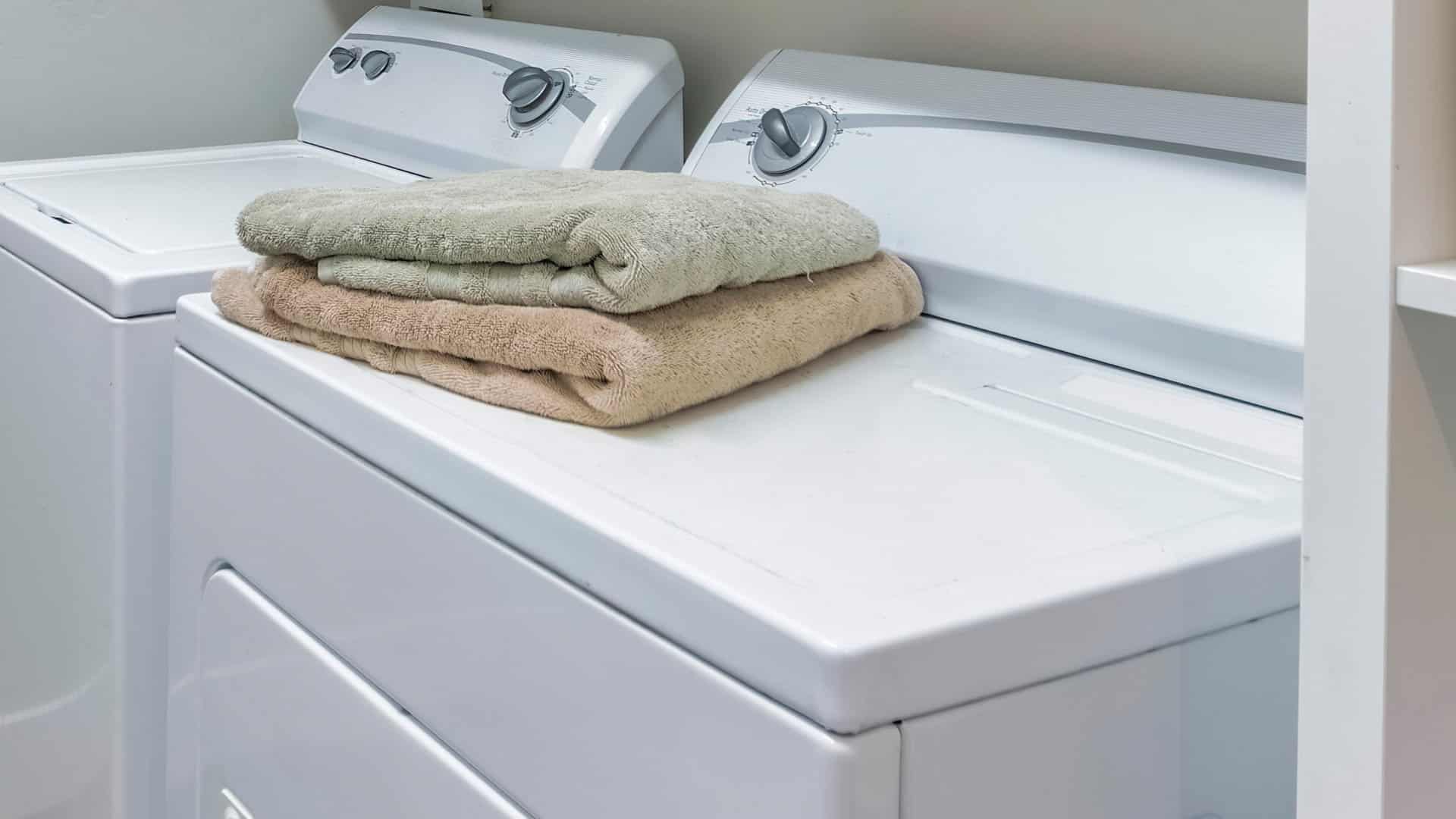
Amana Dryer Not Heating? Try These 5 Fixes
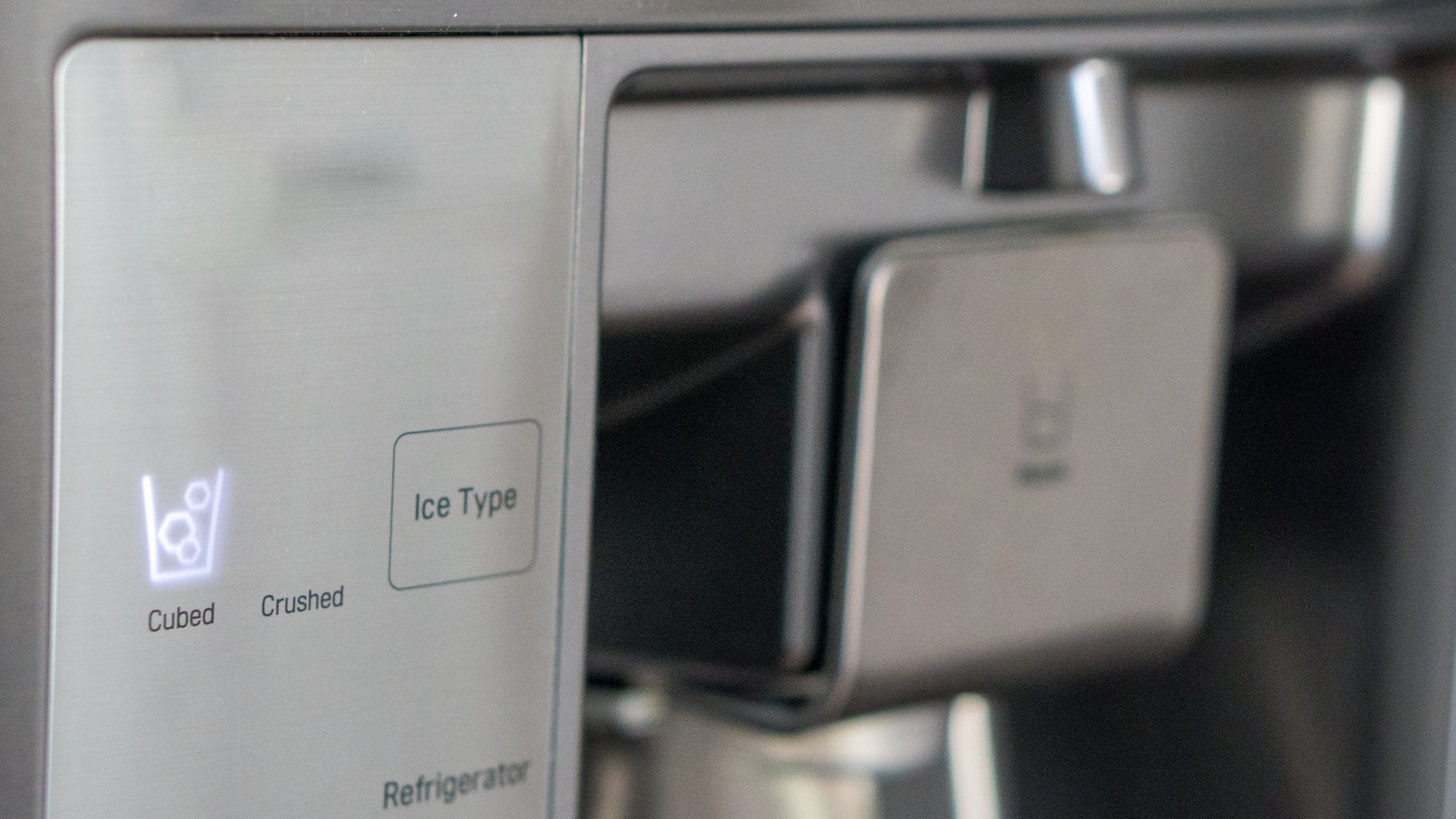
Samsung Ice Maker Issues? Here are 5 Fixes
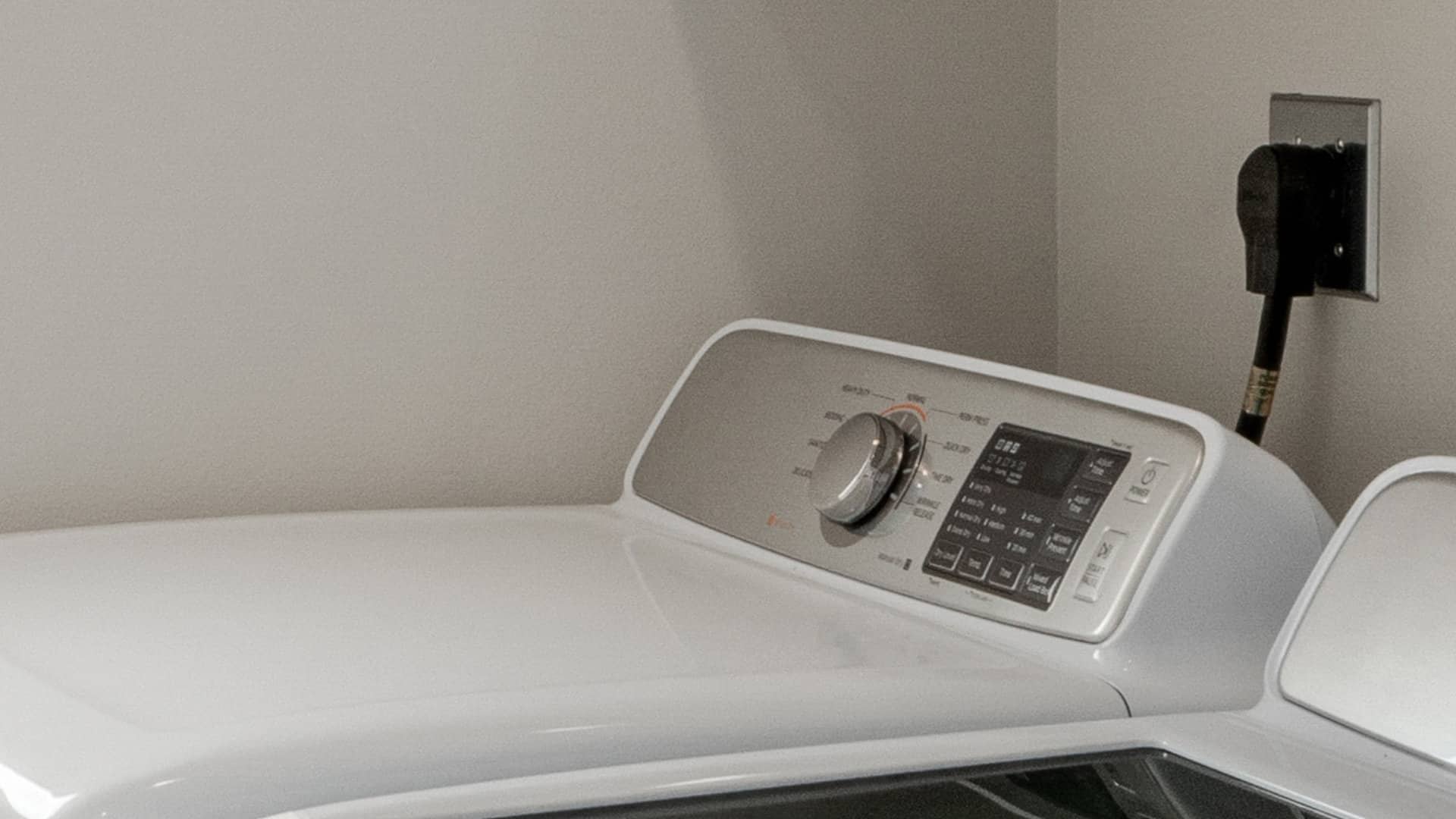
Samsung Dryer Not Heating with No Error Code? Here’s Why
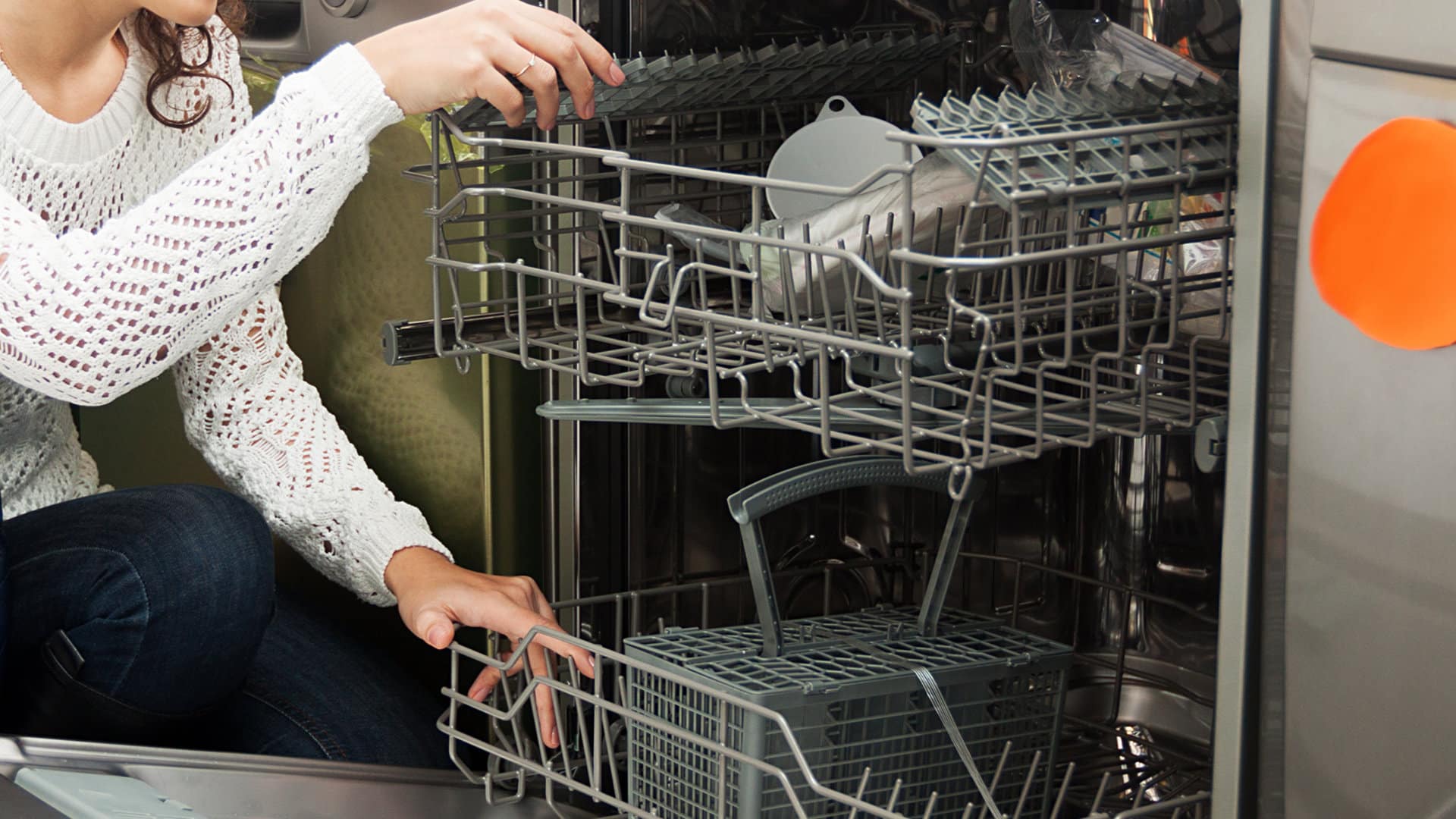
GE Profile Dishwasher Not Draining? Here’s Why
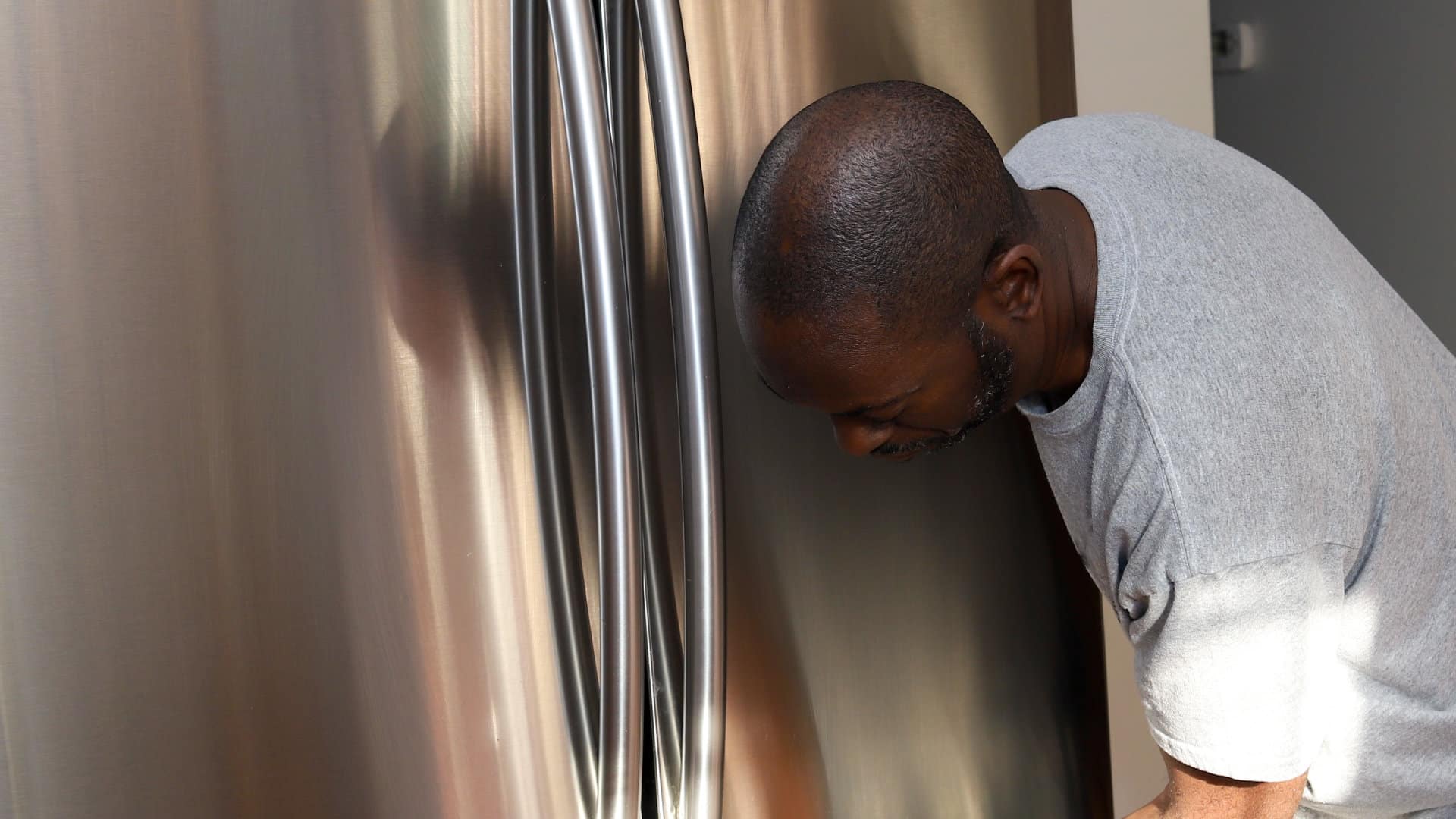
How to Replace the Filter on a Samsung Refrigerator
